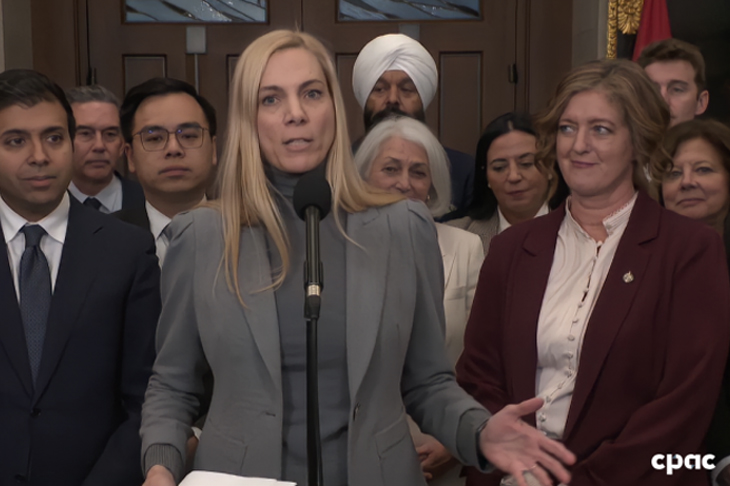Part VII in our series on rewriting the Broadcasting and Telecom Acts
THE CANADIAN BROADCASTING ecosystem has entered a challenging era, but it’s not only the digital shift that has caused upheaval. Some argue vertical integration policies have caused just as much damage to the system.
As Brad Danks, CEO at OUTtv argued in a previous section (and in his own recent writings on the matter), vertical integration has failed the Canadian system to the detriment of the smaller independent players. This is where competition law should play a role, he added.
In OUTtv’s submission to the CRTC’s distribution models of the future consultation, Danks noted that competition law has, for reasons that appear more ideological than factual, retreated in the last few decades from one focused on protecting society from concentrations of economic power to one solely looking to protect consumer rights.
“The problem is that in the digital age you need to see both sides of the economic equation to see if the concentration is doing harm,” the submission read.
Danks told Cartt.ca in an interview that competition law needs to be applied to the wholesale part of the broadcasting business.
“It doesn’t look at the content creation side and it’s a real weakness of those policies,” he said. “I mean there are some egregious problems in the broadcasting system that any real Competition Bureau would have looked at a long time ago and they just snuffed it off because it was on the B2B side.”
Consumer advocates are equally frustrated with how government and regulators have allowed the system to become so concentrated. It’s an oligopoly in terms of broadcasting and distribution, said John Lawford, executive director and general counsel at the Public Interest Advocacy Centre (PIAC). Add in the similar proportions of telecom access, and “it’s almost impossible to legislate.”
“There doesn’t seem to be any competition law thought about where these problems are. And to me it’s going to be hard to fix whatever problems we’re talking about with just a review of the Telecom and Broadcasting Acts.” – John Lawford, PIAC
Competition law principles are the missing part to this whole review, he added. “There doesn’t seem to be any competition law thought about where these problems are. And to me it’s going to be hard to fix whatever problems we’re talking about with just a review of the Telecom and Broadcasting Acts,” argued Lawford.
The wholesale code adopted by the Commission in the Let’s Talk TV decisions is a good first step in balancing the relationship between programming providers and the broadcast distributors, according to Jay Thomson, chief executive at the Canadian Cable Systems Alliance (CCSA). But there are additional steps that need to be taken, he added particularly as it relates to ensuring the smaller independent BDUs don’t find themselves at a disadvantage to their larger and vertically integrated brethren.
This is where competition law principles found in the Telecommunications Act can help. For example, the CRTC has the authority to issue interim relief and levy administrative monetary penalties under the telecom legislation. However, the Commission can’t avail itself of these tools to deal with broadcast sector issues because they aren’t available under the Broadcasting Act.
Thomson suggested it’s time to add these mechanisms to the Commission’s toolkit.
“We think it would be important that it does have those powers with respect to broadcasting however it goes about getting those powers – whether through a merging of the Acts or just introducing them in the Broadcasting Act – in order to deal with the potential for anti-competitive behaviour between for example the vertically integrated companies and the smaller independent players,” argued Thomson.
The CCSA CEO isn’t suggesting that the Competition Act needs to be applied to the broadcasting sector.
“It’s the exact opposite, these principles need to be enshrined in the Broadcasting Act particularly because our system is so heavily weighed in favour of the big vertically integrated companies. And they have the opportunity and sometimes the motivation to engage in anti-competitive behaviour and that then affects the smaller independent players and more importantly the customers to the smaller independent players,” he said.
Our series on the overhaul of the Telecom and Broadcasting Acts concludes next week.
Original artwork by Paul Lachine, Chatham, Ont.









